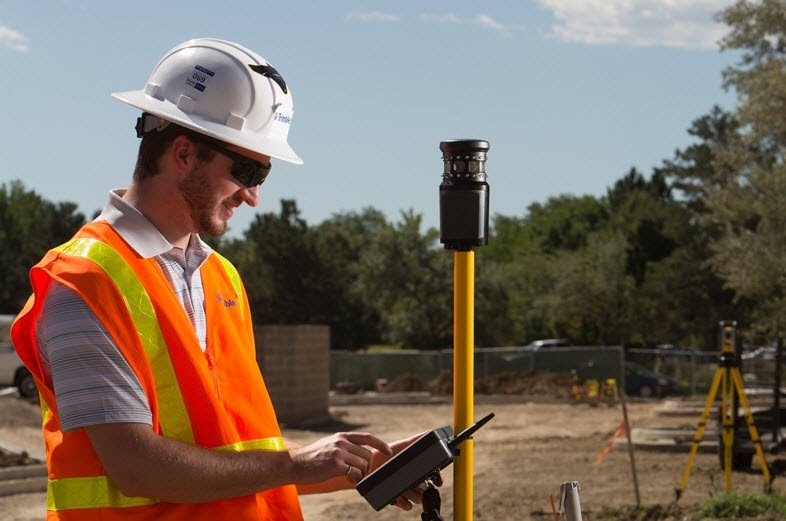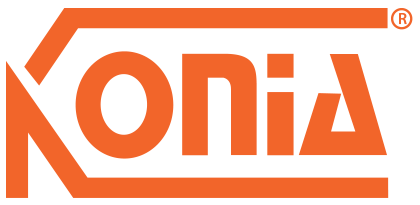
ew technological developments offer unprecedented possibilities to innovate the construction workflow – especially when combined with Building Information Modelling. Here are three technologies to look out for when it comes to connecting BIM to the building site:
1. Point Cloud
Laser scanning as a technology has been around for quite a while, but it’s only recently that this technology has found its way to BIM applications in the MEP industry.
With 3D laser scanning, MEP engineers can import accurate information about existing structures into their BIM models. This information is assembled in a point cloud: a collection of measurement points that have been recorded on the construction site.
So how does it work? The 3D laser scanner detects the edges of for example walls and windows on the building site and can recognize point collections as a pipe or duct. In fact, the point cloud is a huge collection of data points that exist along the x,y and z coordinates within a scanned space.
Thanks to point cloud technology, it is possible to quickly scan a room and import accurate building data in 3D into your design software. This way, engineers can create an extremely accurate model based on the imported data points or check if the systems are modelled correctly.
This technology is also interesting for those who want to inform a project team quickly about the as built situation.
Check out this guide to learn more about 3D laser scanning
2. Virtual and Augmented Reality
Virtual and Augmented Reality are gaining ground in many industries. Not only in education, entertainment, and healthcare, but also in construction. For MEP engineers, both Augmented and Virtual Reality offer opportunities, since both technologies make it possible to see systems at the place where they need to be installed:
- Virtual Reality simulates the complete environment. This makes it possible to view a virtual 3D model in the office, which can be useful during meetings with construction partners. Although this provides a great deal of insight, the technology is often less suitable for use on project sites because of construction hazards.
- In contrast to Virtual Reality, Augmented Reality is better suited for on-site applications. With Augmented Reality, a layer of additional information from the digital model is projected onto the user’s field of view. This way, the engineer can see where an installation should be placed with respect to the location where he stands. The applications of this technology in construction are in full development and the first real construction hard hats with Mixed Reality support are already being used.
3. Robots on Site
There have been quite some speculations about the way robots will change the future of construction. What tasks that are currently being done manually, could be automated? Which processes can be optimized? In which ways are robots already being used in construction? Robotics is a promising technology when it comes to increasing efficiency in construction. Especially in combination with BIM.
Here’s how you can put robotics to work on your job site
When connected to BIM collaboration software, robots allow contractors to truly connect their digital model to the building site. Take, for example, robots equipped with accurate positioning technology. Because these robots use the data from the BIM model, contractors can quickly take measurements on site.
Based on locations in the model, the robot automatically points to the corresponding locations on the construction site. With the help of a laser beam, points are laid out at positions in the building where, for example, a sleeve or hanger must be mounted. This means that taking measurements manually with a tape measure is no longer necessary, and makes the job on site a lot easier – and more accurate.
Other possible applications of robotics in the construction industry include automation of bricklaying or delivering goods. Read more on these developments this article, When Robots Deliver.
From Design to Construction
Technologies like these allow engineers to translate their design quickly and easily to the building site – and the other way around: data from the construction site can be accurately incorporated into the design. This way, all construction phases are truly connected through BIM – and productivity is increased at each stage in the construction project.
Are there more ways in which robotics, Virtual or Augmented Reality, and laser scanning technology could help optimize building processes in the future? Let us know your thoughts in the comments below!


 Tiếng Việt
Tiếng Việt